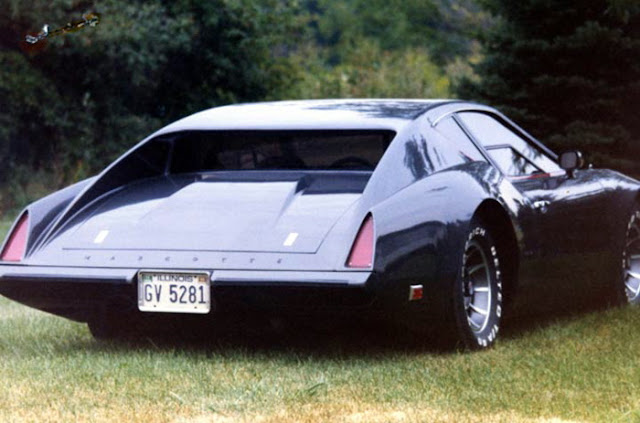A 70's Muscle-Car, En Español
The tradition of coachbuilding, hand forming of Sheetmetal using mallets and rollers to work it into glorious shapes on wooden buck structures took root across Europe at the dawn of the 20th Century. While the most famous of such artisans were found in France or Italy, Spain was home to at least one legend of the craft. His name was Pedro Serra Vidal, and he started his business in 1949 transforming old pre-war vehicles. Over time he worked on some of the most famous marques of those years like Pegaso, Seat, Renault, and Citroen.
Pedro Serra proudly stated that he had never made a drawing, but that he had placed his own ideas directly on the sheet metal, sometimes modifying them in the process of work to overcome some obstacles. He worked almost instinctively, with hammers and hand tools, using his eyes and other senses as his guide: the old school method.
His greatest dream, however, was to make a car entirely of his own design. This goal consumed him until a chance encounter during a visit to the Barcelona Motor Show in 1970. He came upon the LMX stand, featuring a compact Italian sports car designed by Franco Scaglione, which used Ford mechanicals. Thus, inspiration struck.
Pedro Serra had a lengthy conversation with Michel Liprandi, the creator of the LMX, and eventually they reached an agreement. Liprandi would create a chassis on which Spanish-made Dodge Dart mechanicals could be mounted, while Serra would be responsible for its Design and fabrication. They also managed to get the cooperation of the Spanish branch of Chrysler, which supplied all the mechanical parts, including the engine, which was a 165 hp six-cylinder coming from the most current Dodge 3700. In addition, the Spanish Chrysler would allow Pedro Serra to use the Dodge name for his car.
So, the Dodge Serra 3700GT 2+2 Boulevard made its debut at the 1972 Barcelona Motor Show. Compared to the prototype, only a few details had been changed, such as the taillights, which had been five squares lighting up sequentially, but failed certification by the Spanish transportation regulators and were replaced with lights from a Saab 99.
The shapes were a bit edgy, but overall, it looked quite elegant and had numerous stylistic cues recalling other sportscars of the era, as well as a certain similarity to Liprandi’s LMX Sirex. Serra’s planned production was 50 copies and after the presentation to the public, in September, the construction of a short series consisting of 10 copies began. Seven more units were built later, including a special MM30 with power increased by 30 HP to 195 HP, then production stopped.
The main problems were of a bureaucratic and economic nature. The Spanish authorities forced Serra to change the company's licensing, from a coachbuilder to an OEM (Original Equipment Manufacturer) and this entailed a significant increase in expenses. At that point both Serra and the Spanish Chrysler decided to abandon the project.
Sources:
 |
| The Dodge Serra 3700GT 2+2 Boulevard, front quarter view |
 |
| The Dodge Serra 3700GT 2+2 Boulevard, head on |
 |
| The Dodge Serra 3700GT 2+2 Boulevard at rear |
 |
| The Dodge Serra 3700GT 2+2 Boulevard, front quarter |
 |
| The Dodge Serra 3700GT 2+2 Boulevard, engine bay |
 |
| The Dodge Serra 3700GT 2+2 Boulevard interior |








Comments
Post a Comment